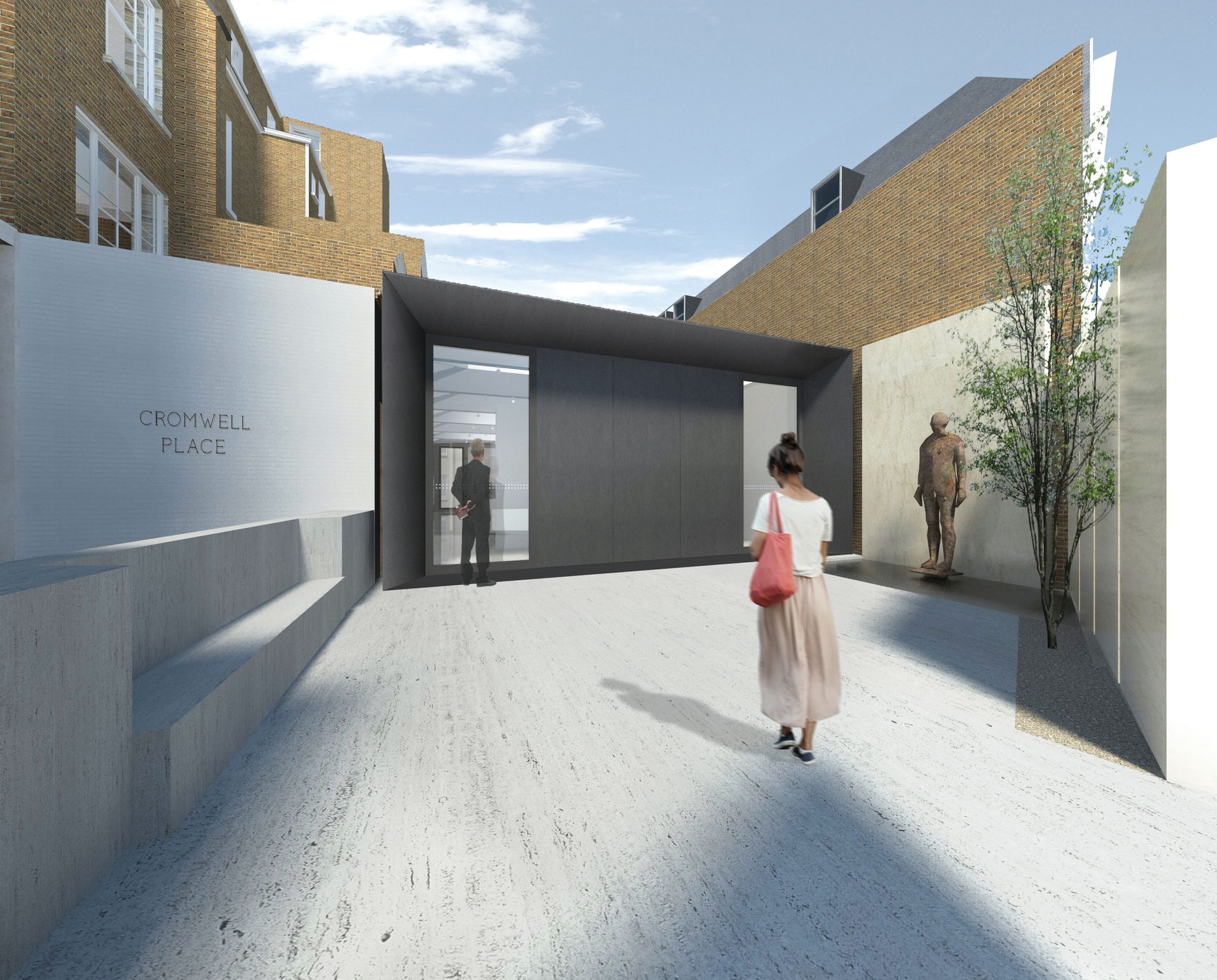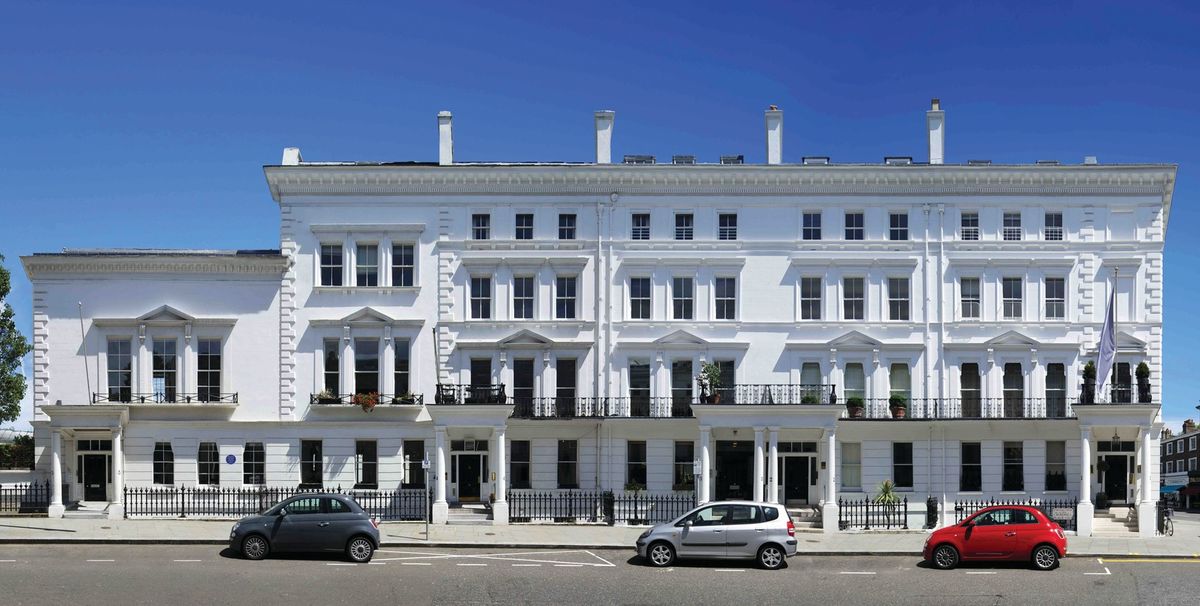Plans for the restoration of five Grade II-listed buildings in London’s upmarket neighbourhood of South Kensington were approved by a planning committee in early February, paving the way for the creation of a new multipurpose arts hub in central London. Covering an area of around 35,000 sq. ft, Cromwell Place will offer up to 15 exhibition rooms of different sizes and will be equipped with museum-grade lighting systems, a 2,300 sq. ft public gallery for larger installations, 25 permanent offices and four hot desks, private viewing rooms and secure on- and off-site storage for works of art.
South Kensington Estates, the landlords, are footing a £15m bill for the architectural restoration and renovation of the space, while the team behind Cromwell Place, who are the tenants of the site, is raising the necessary investment for when the hub is operational.

The art dealer and co-founder of the Art Dubai fair, John Martin, is at the head of the Cromwell Place project, which will give South Kensington the commercial arts hub that many feel it needs. An affluent residential neighbourhood full of British and international art collectors, with Christie’s South Kensington and Bonhams’ Knightsbridge salesrooms close by, South Kensington is devoid of major commercial art galleries; most high-end dealers are in Mayfair, the historic gallery district, while emerging dealers are in cheaper spaces in south or east London instead. Councillor Tim Coleridge, cabinet member for planning policy, transport and arts for Kensington and Chelsea council, says the scheme would bring “something new and innovative to London’s art scene…and hopefully inspire future generations of artists, gallerists and collectors”.
Martin says that the flexibility of the structure is designed to service as many different types of clients as possible. “You could be a gallery taking a permanent office there and committing to a certain number of exhibitions a year; you could be a gallery based elsewhere in town, such as Hoxton or Peckham, that wants to put on a few exhibitions a year in central London; you could be a foreign dealer who needs a permanent or temporary office space and showroom in London; or you’re coming over for one of the fairs and you wish to capitalise on your time here by continuing your show in one of our spaces.” The year’s programme of exhibitions will be shaped by a maximum of 80 members—mainly galleries, curators and private dealers—who will be required to book spaces in advance. “We love the idea of constantly rotating shows,” Martin says.
A new business model The project aims to offer a new business model to gallerists who are struggling to juggle the logistics and financial implications of running a permanent space while attending more and more art fairs around the world. “Galleries now need something more flexible, such as exhibition spaces that are far more efficient in terms of time, cost and logistical support,” Martin says. He estimates that Cromwell Place could cut operating costs for galleries by 30% to 40%.
Office space will cost around £120 per square metre, while rents for exhibition spaces are expected to range between £2,500 and £5,000 per week for a standard 60/70 sq. m lot, and between £6,000 and £20,000 per week for the larger spaces, including the 2,300 sq. ft public Pavilion Gallery. Peak prices will coincide with peak periods in the art market calendar.
Not just for the market Though intended primarily for dealers, the developers are keen to stress that they want curators, museums and non-profits to be involved in the programming. “We have allowed for discounted and free space available for public institutions depending on the time of year. Ideally we want the space to be used regardless of whether the exhibition is commercial or not,” Martin says, “and we’ve seen a definite appetite for regional and international institutions to show in London.” So far they have already been in talks with the Art Fund and the Hermitage Museum for potential ways in which to collaborate. When the centre is up and running, the founders expect it to be buzzing with around 200-500 art lovers and students a day, not just collectors and dealers.


